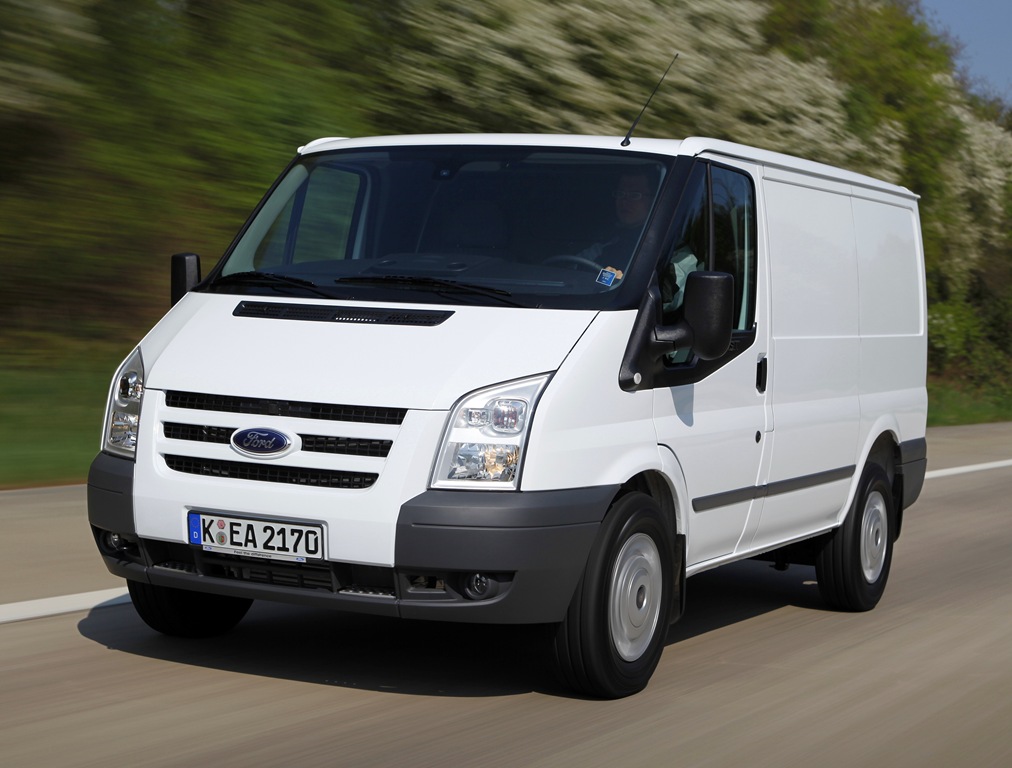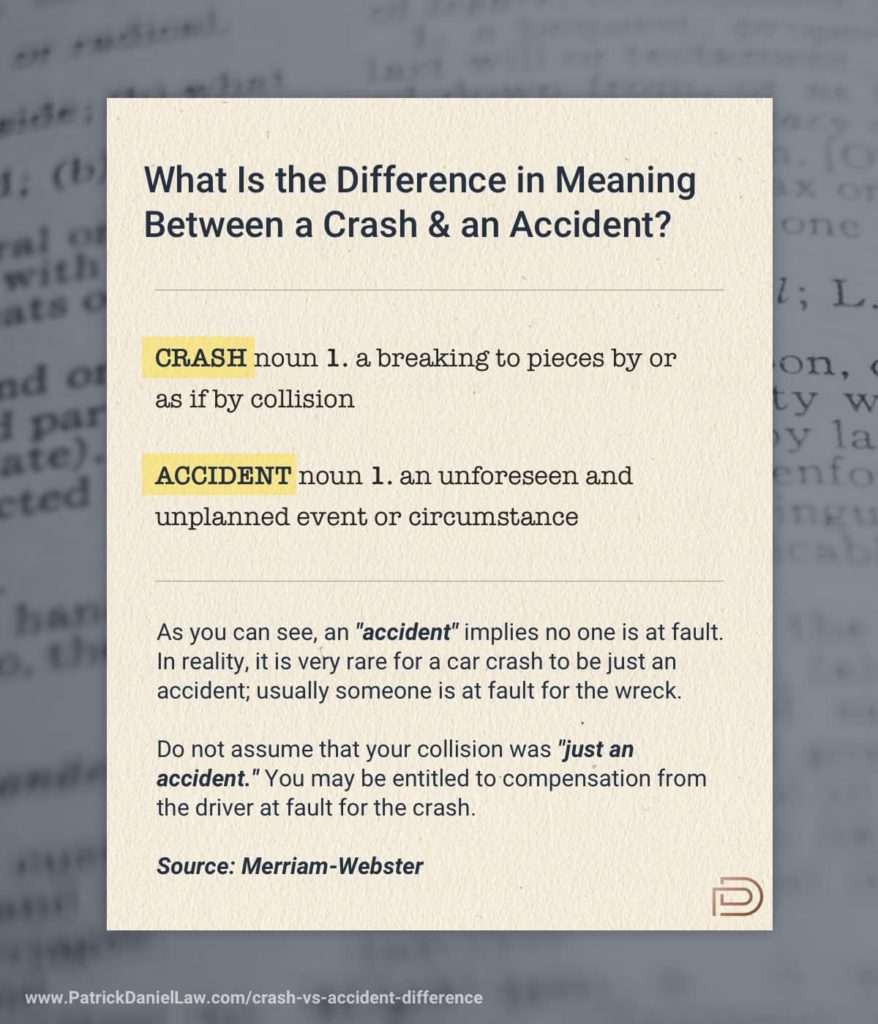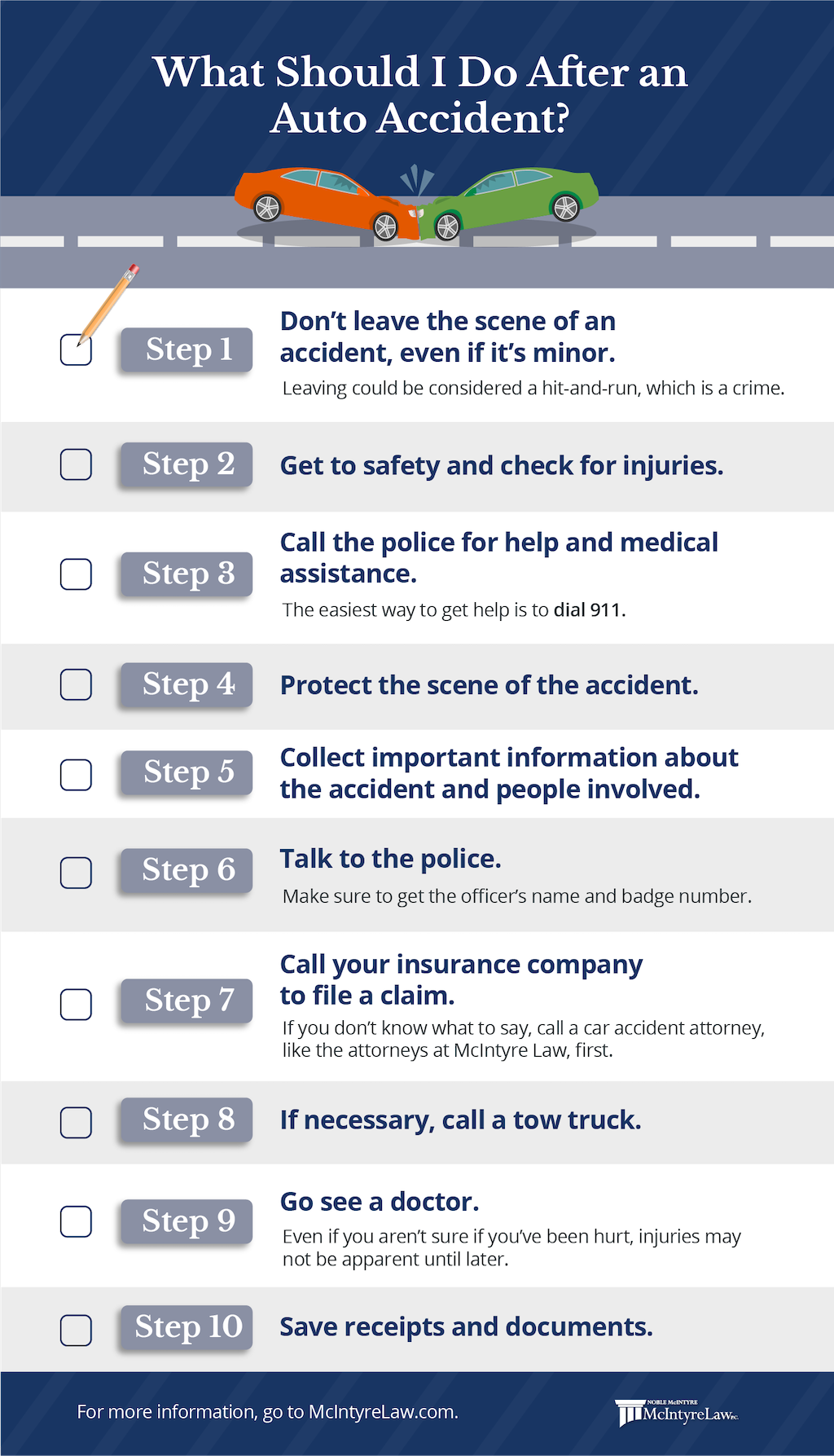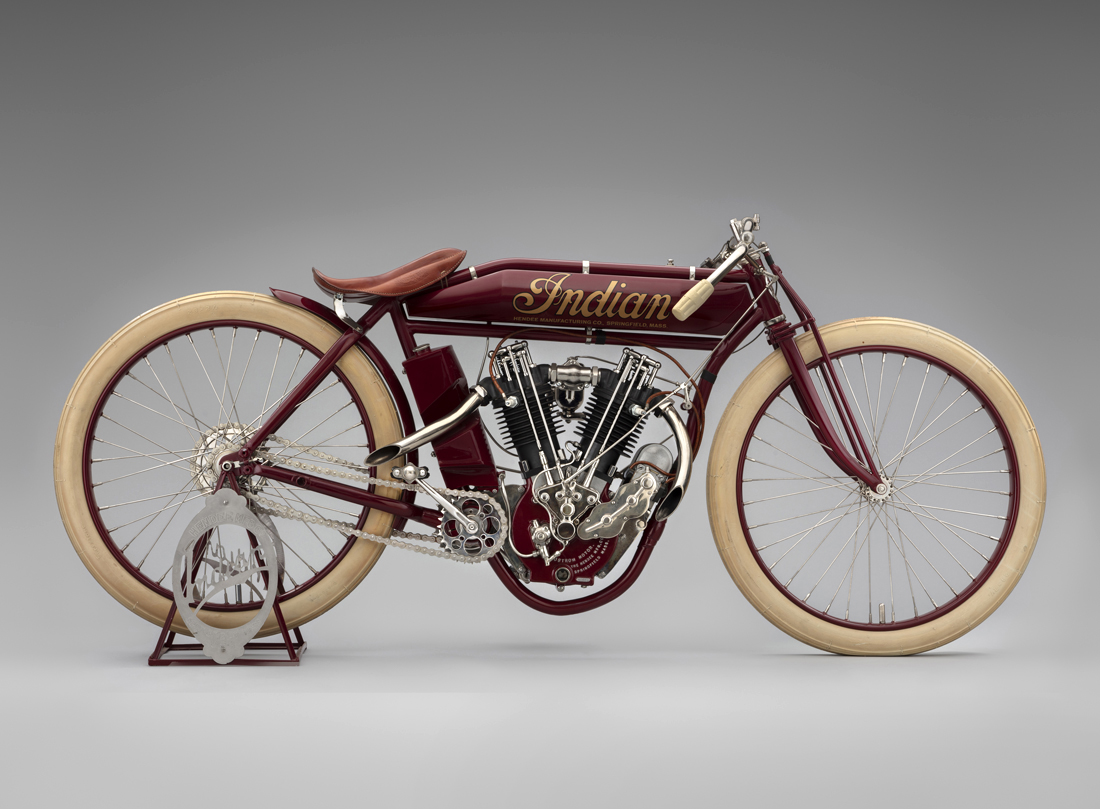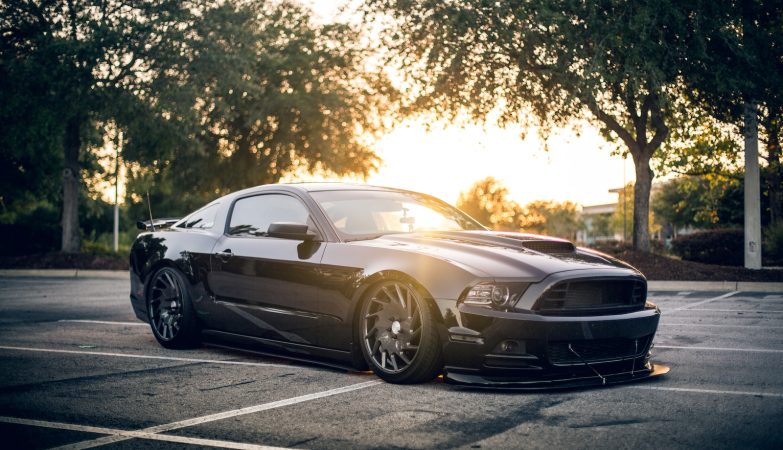White van drivers have always been recognized by society, but what is the origin of this fixed concept? The white van was originally chosen for practical reasons. They are often chosen to transport food from one place to another because agricultural products are most effective at keeping cool before loading refrigerators into trucks. But now more and more companies choose different color vans or publicize their business, and stand out in the competition. Banmonster, a commercial van retailer, reviewed the history of white vans and confirmed how they changed into what they are today over time.
The story of the white van
In 1997, the Sunday Times first used the fixed concept of white trucks in the media in its report entitled “Increase in the number of white truck drivers”. The white van driver was originally a fixed concept of the British people, which was a term designed for small commercial van drivers. Closer to today, the Freight Association used this word in its road safety campaign in 2010.
The white car initially became the most popular color of the van, because the driver of the van believed that white was the most effective color to keep the car cool. Because the bright color of the vehicle will reflect more sunlight and leave the vehicle. White, silver and other bright colors are the coolest, reflecting about 60% of the sunlight.
The term “white van driver” has been referred to as all van drivers, which is not necessarily a positive fixed concept. But modern fixed ideas have changed. According to a new study, “white van drivers” are currently regarded as hardworking, with an average annual income of 21000 pounds. Therefore, they eliminate cliches and contribute more than 35 billion pounds to the British economy every year, with an estimated annual sales of 215 billion pounds.
What is the most popular color for minibuses?
White ruled for a long time. In 2014, white was also the most popular color of vans, and 57% of new vans were registered as white. However, some industry experts believe that this may be a cost issue, rather than other issues. The white light truck still seems to dominate the road, but the sales of silver van increased significantly in 2014, increasing by 8% in the past 10 years.
The silver medal returned to the silver van by accident, and won the most popular color in the second plan after the white van, the third is blue, and the fourth is red. Although white is still the loser in the van industry, the increase of other colors indicates that the team manager should step out of the comfort zone and inject some colors into the team. But in terms of vehicle packaging and customization, the white van provides empty canvas for vehicle managers to sell their business. This is another reason why the white cotton cart continues to rank first.
The ascent is vehicle parcel.
According to Arbitron’s in car research, British drivers can spend an average of 20 hours on the road every week(31% more than in 2003), which is equivalent to 1040 hours per driver per year, or one and a half months. According to the Ministry of Transport, there are 35.6 million registered vehicles on British roads. You can contact many potential customers through car packaging!
The potential of investment returns is huge. According to experts, more than 70% of drivers see products and companies on other vehicles are positively affected. If this is not enough to convince you, 98% of pedestrians said they paid attention to truck advertisements, and 35% of them actually studied these advertisements carefully. On average, a busy car can see more than 3000 people per hour, which means that a car package can also have 30000~70000 clicks per day! Automobile packaging can promote your business in a cost-effective way, and quickly produce obvious results.

